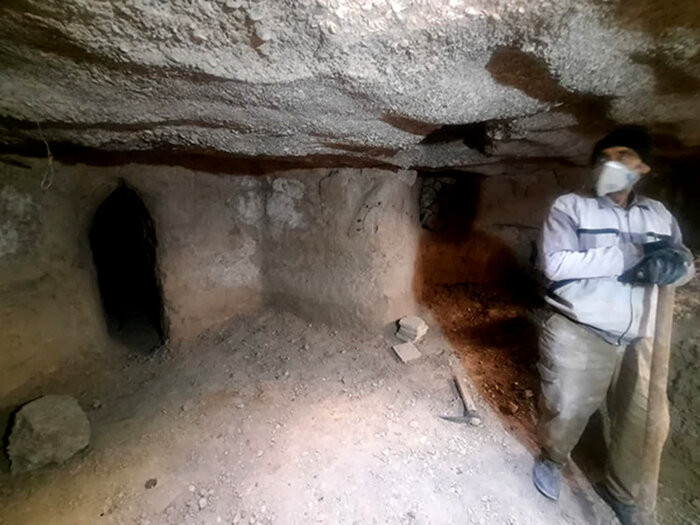The underground state was found under the historic houses of Abarkhi
An underground labyrinthine city, with tunnels, rooms and an aqueduct was recently discovered in the ancient city of Abarkouh, in Yazd, Iran.
The researchers discovered the underground city under five buildings in the historic site (central photography), which provides them with valuable knowledge of ancient architecture methods, water management and daily life.
The small stone booths discovered beneath the rocky foundations of the historic Abarkouk houses were likely to have practical uses, such as being used as shelters in wars.
The most impressive edge is a stone aqueduct. Its design allowed the water to flow through the underground tunnels, keeping the underground temperature low – which is particularly important during the summer months.
The full size of the underground city remains unknown, as archaeologists continue to speculate that additional structures may be discovered.
Abarkouh governor, Hossein Hatami, said that 60,000 square meters of the city’s historic structures, from all 170,000 square meters, are covered by underground channels.
The Ambarkouh region is one of the richest cultural areas of Iran and the discovery of this underground city is the latest addition to the long list of historical findings.
Source :Skai
I am Terrance Carlson, author at News Bulletin 247. I mostly cover technology news and I have been working in this field for a long time. I have a lot of experience and I am highly knowledgeable in this area. I am a very reliable source of information and I always make sure to provide accurate news to my readers.











